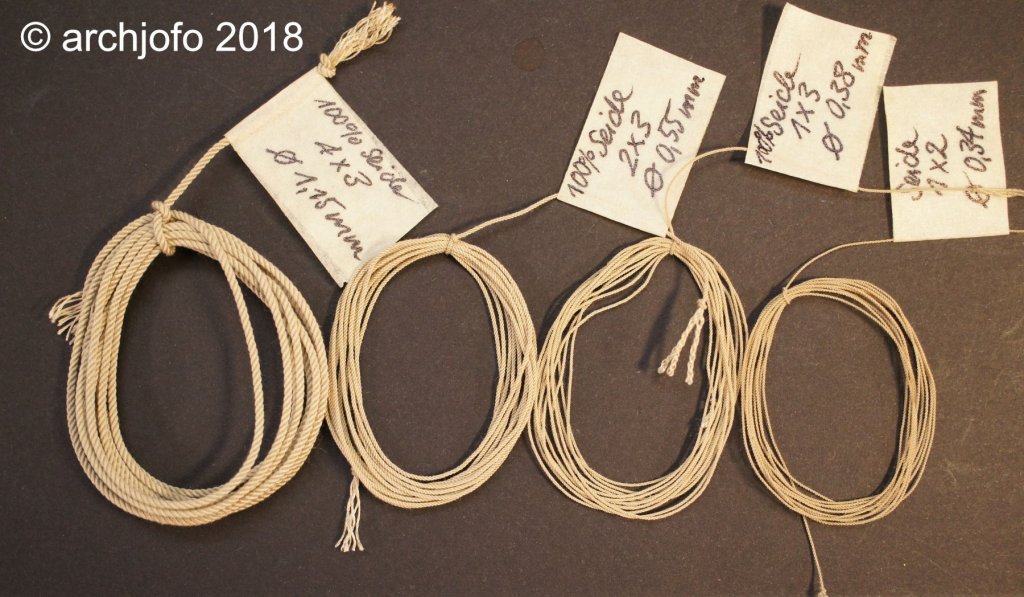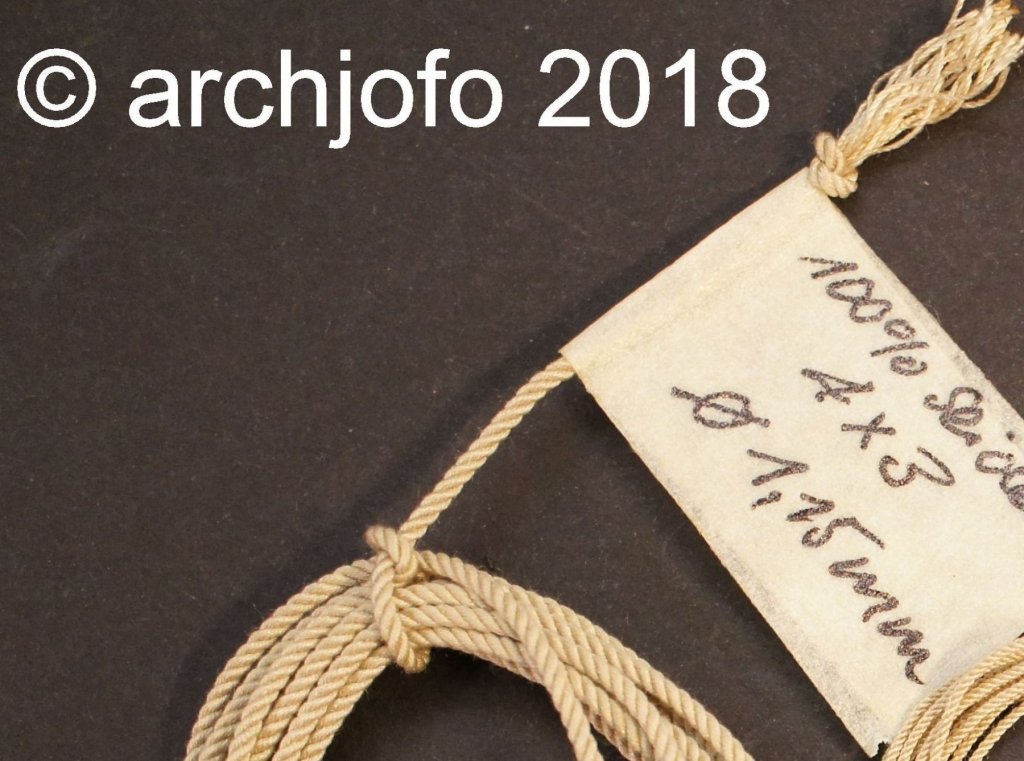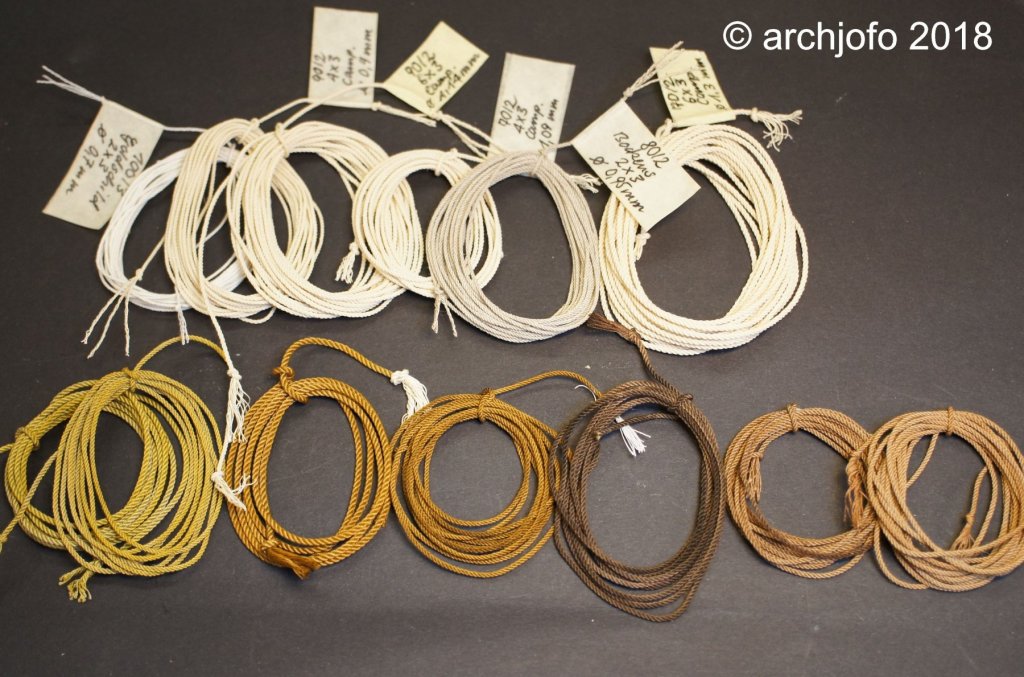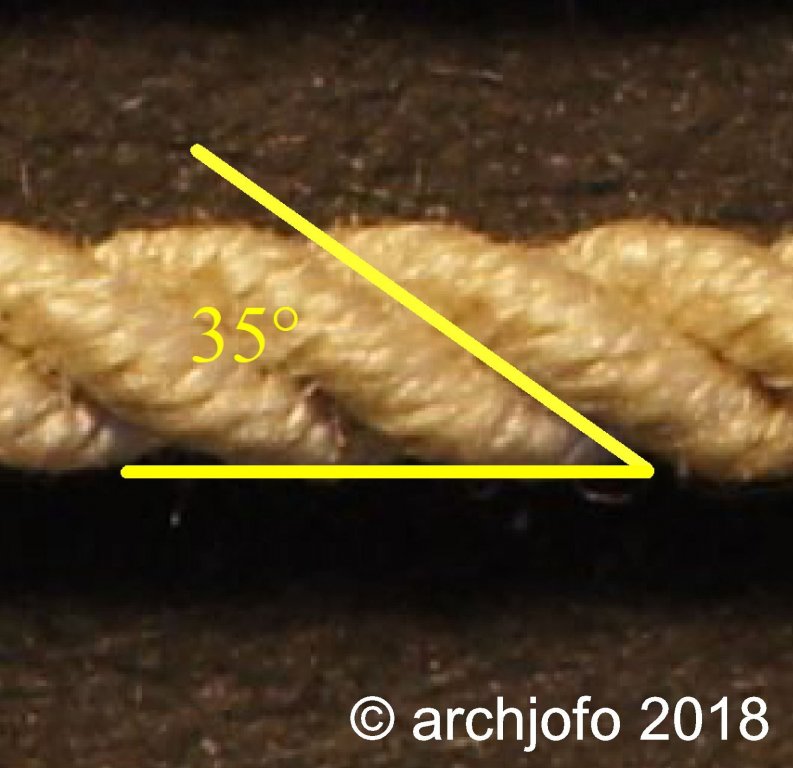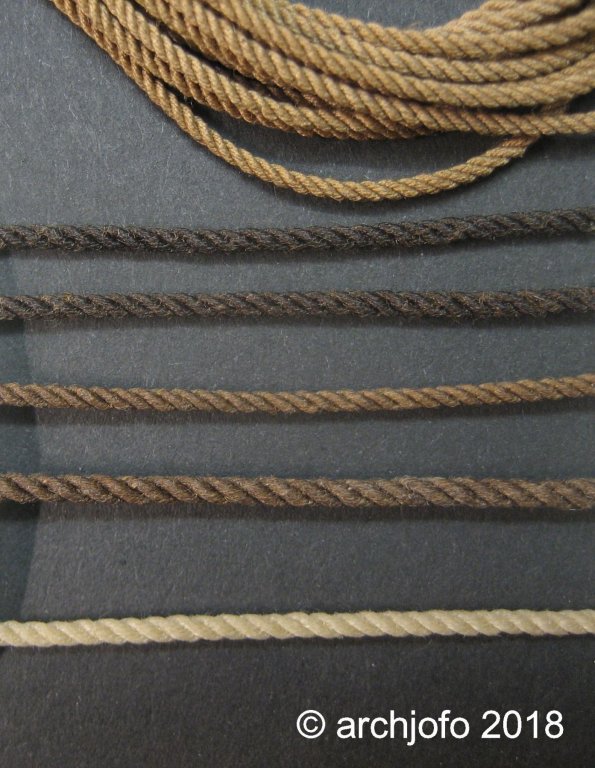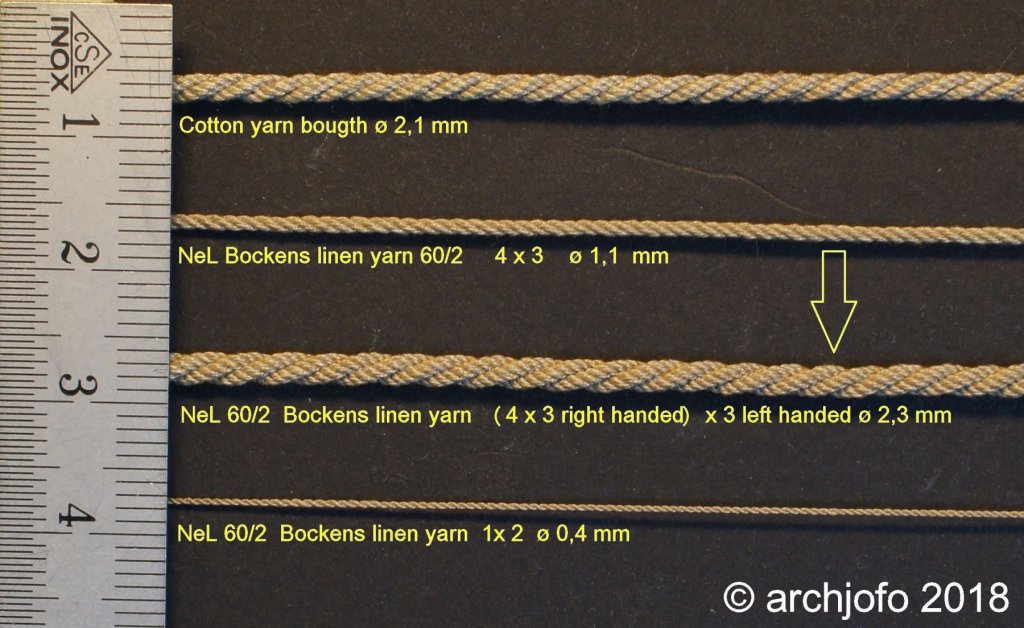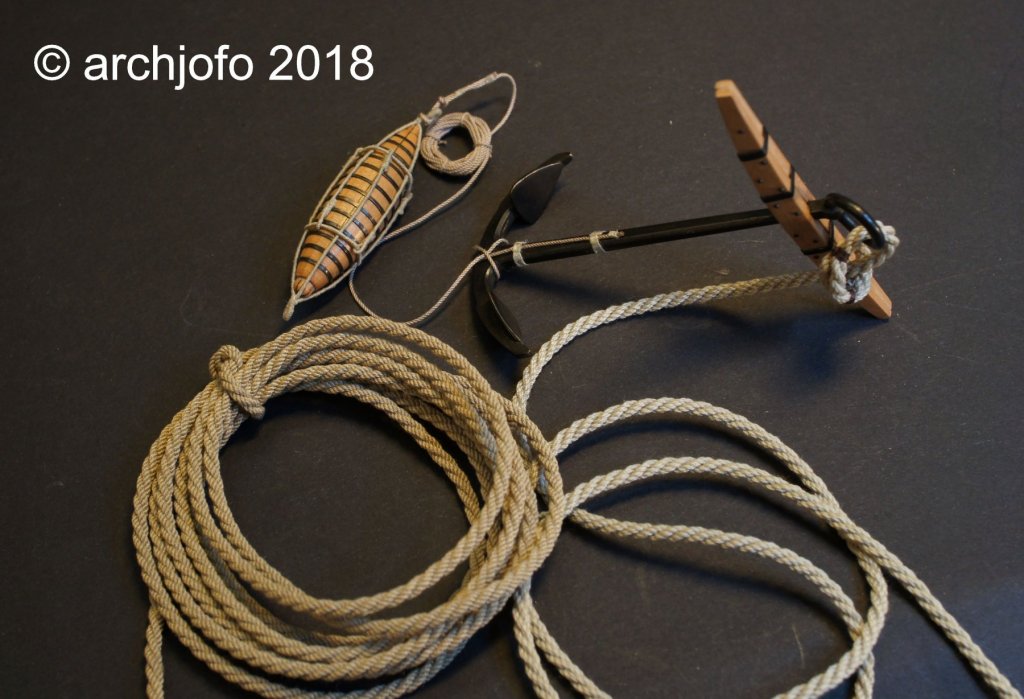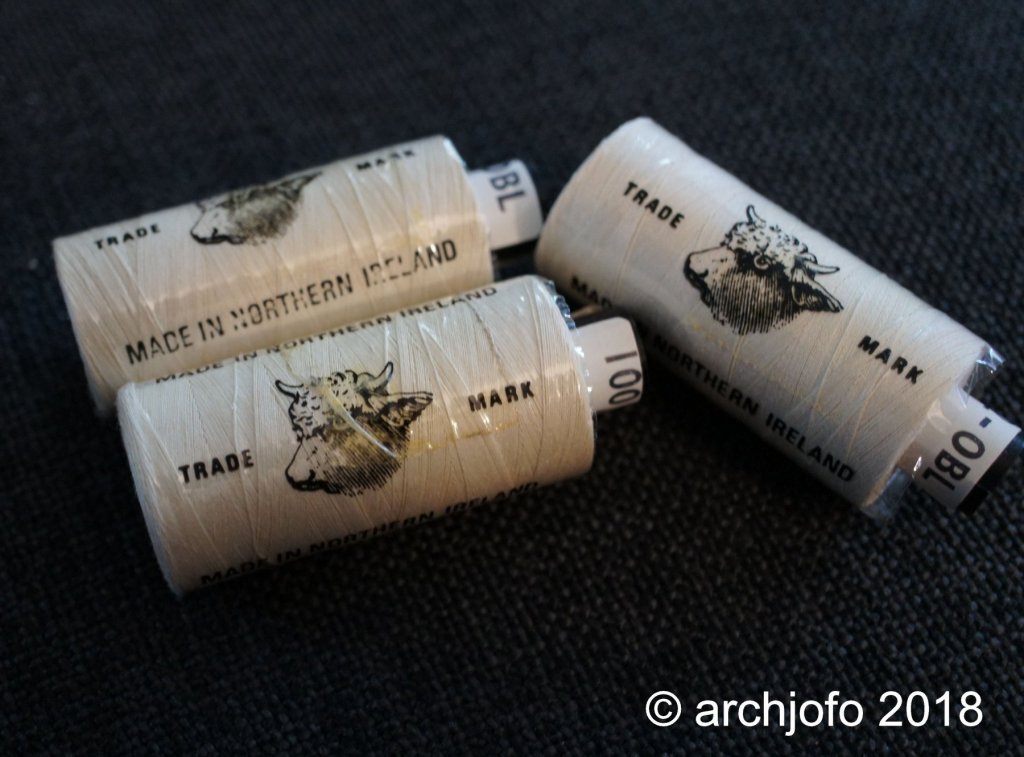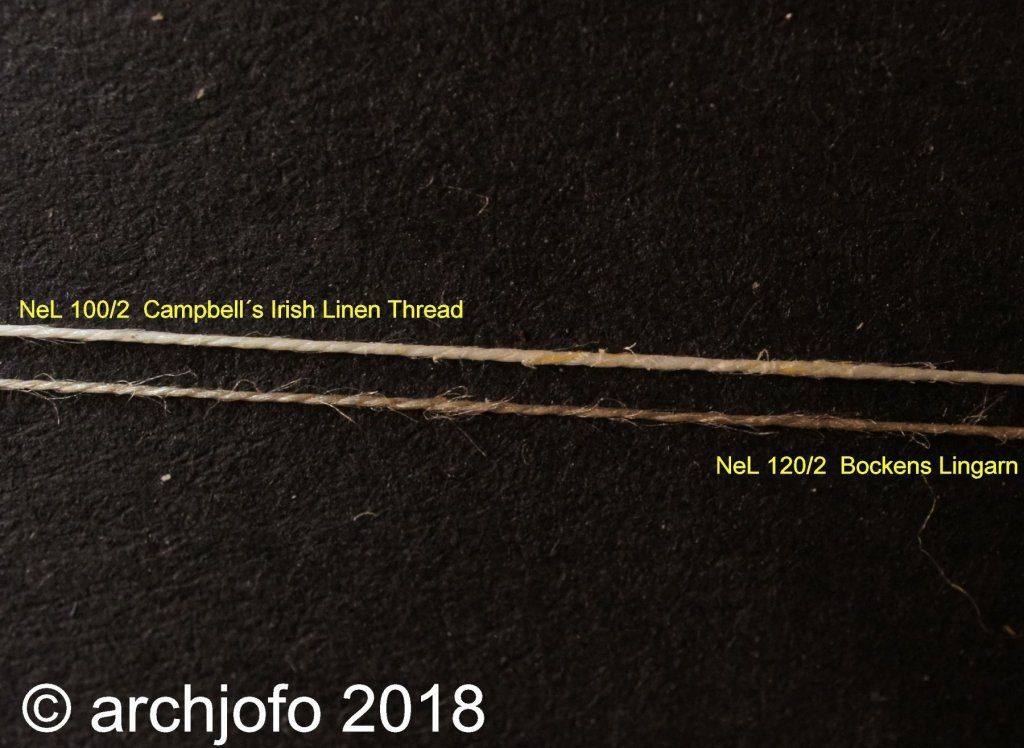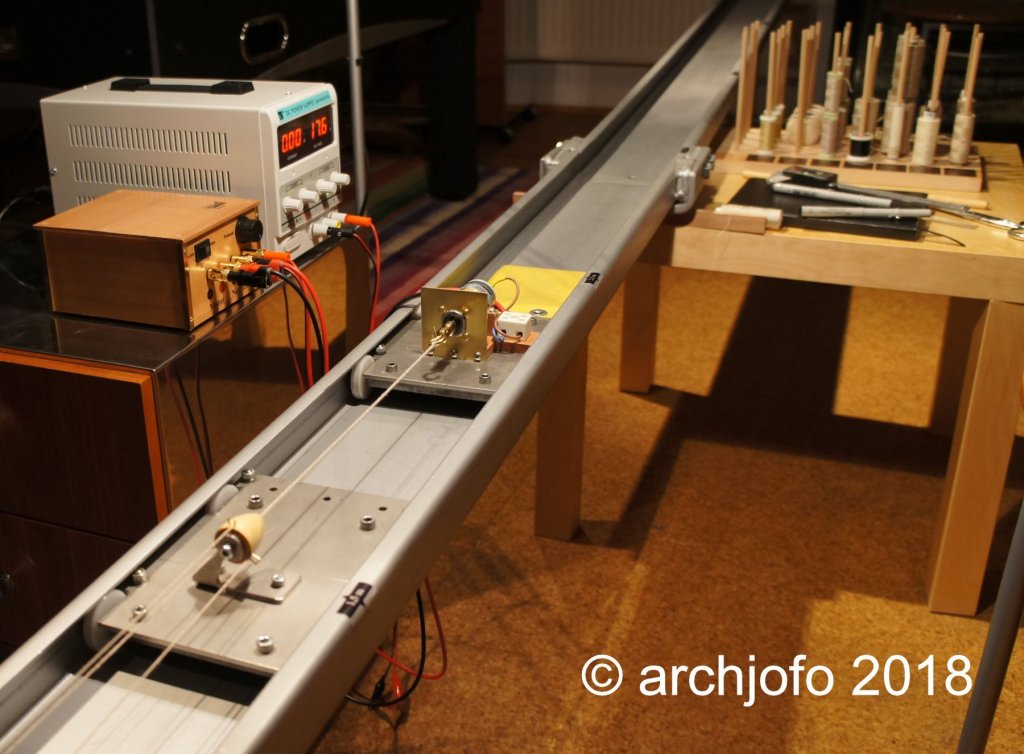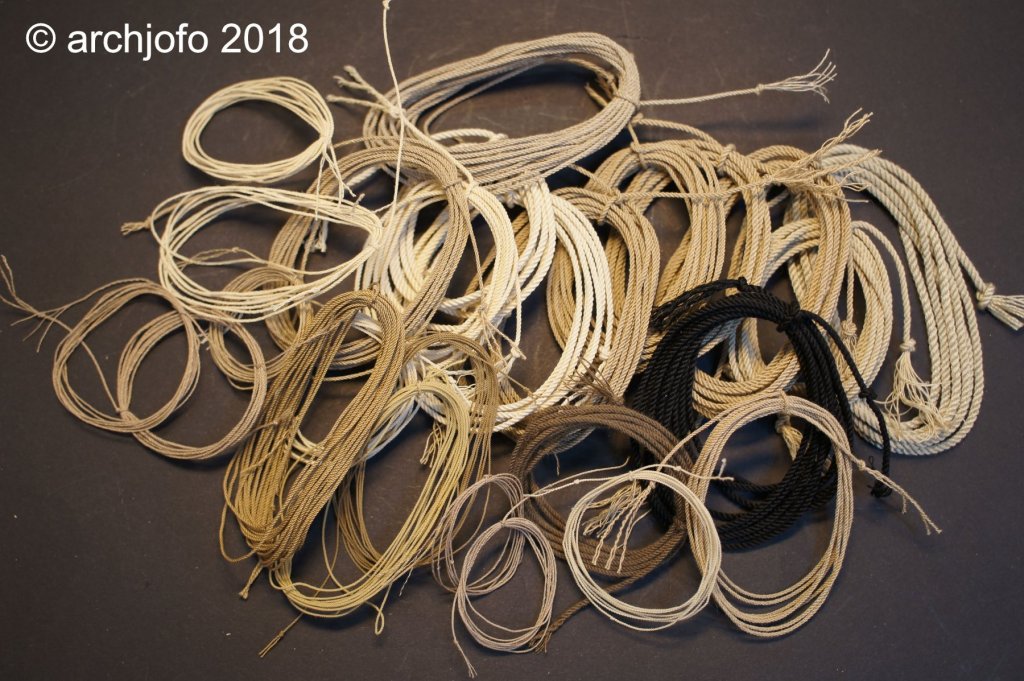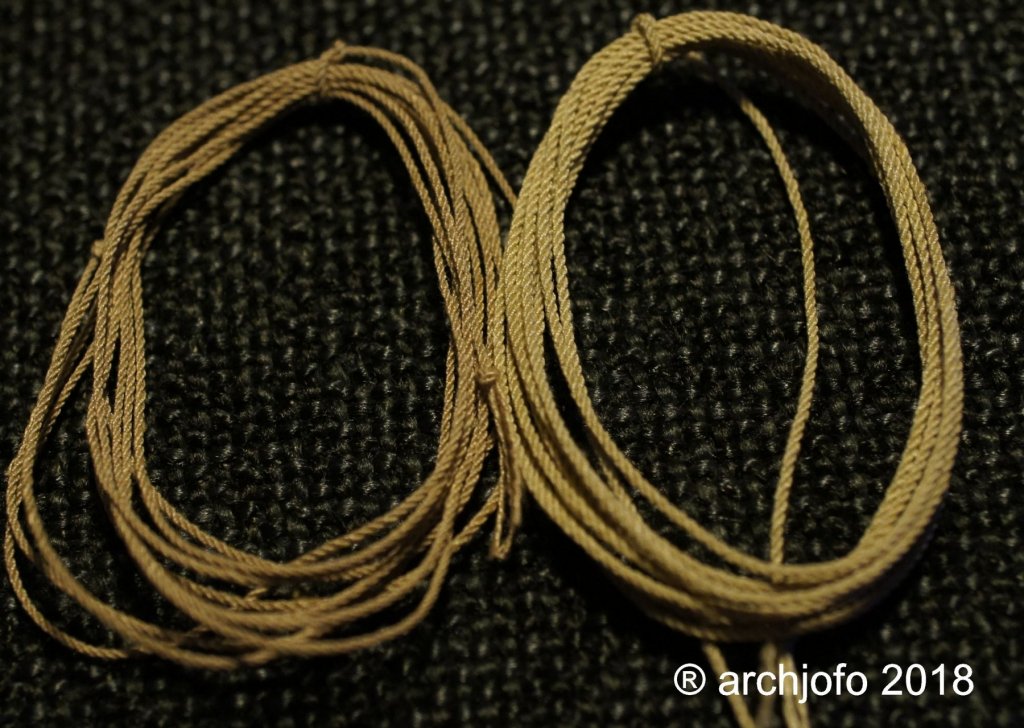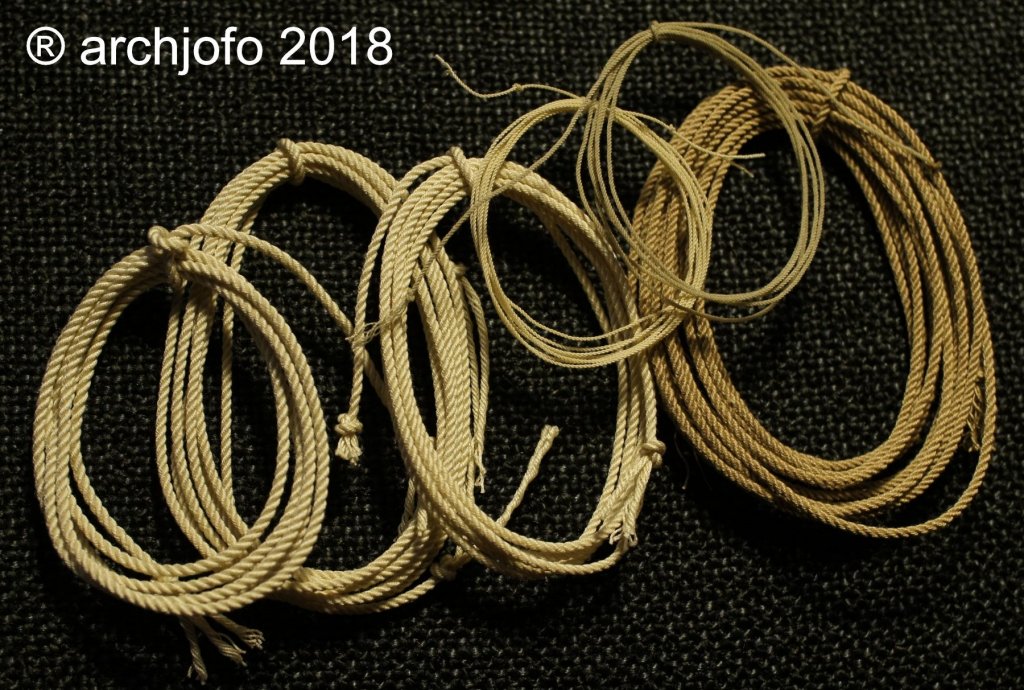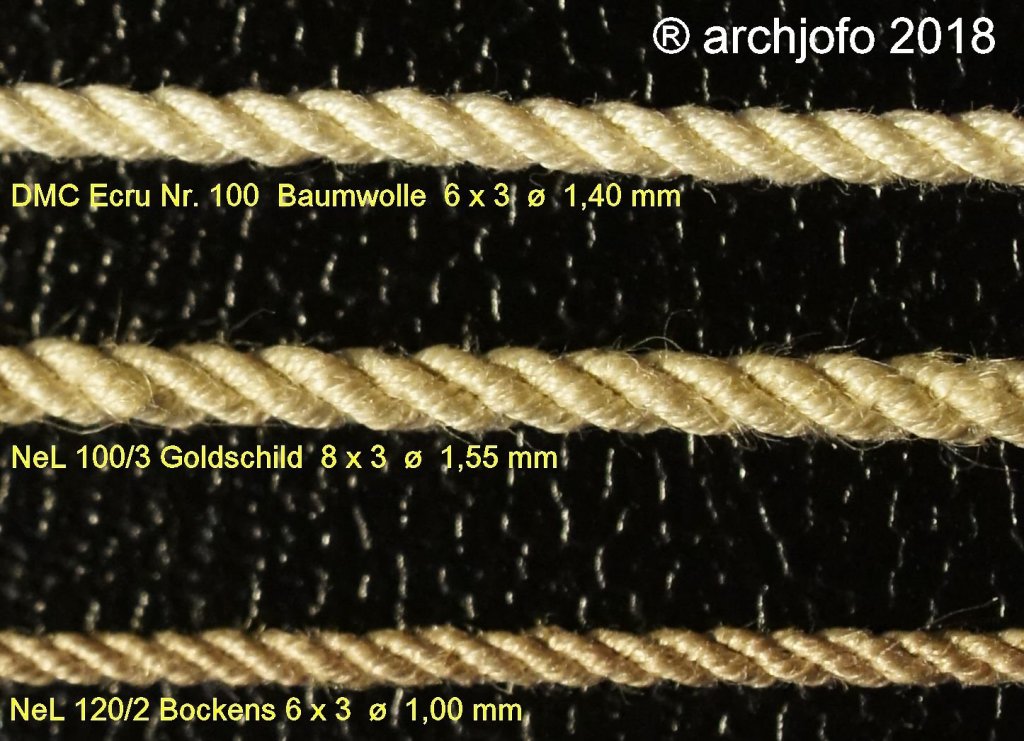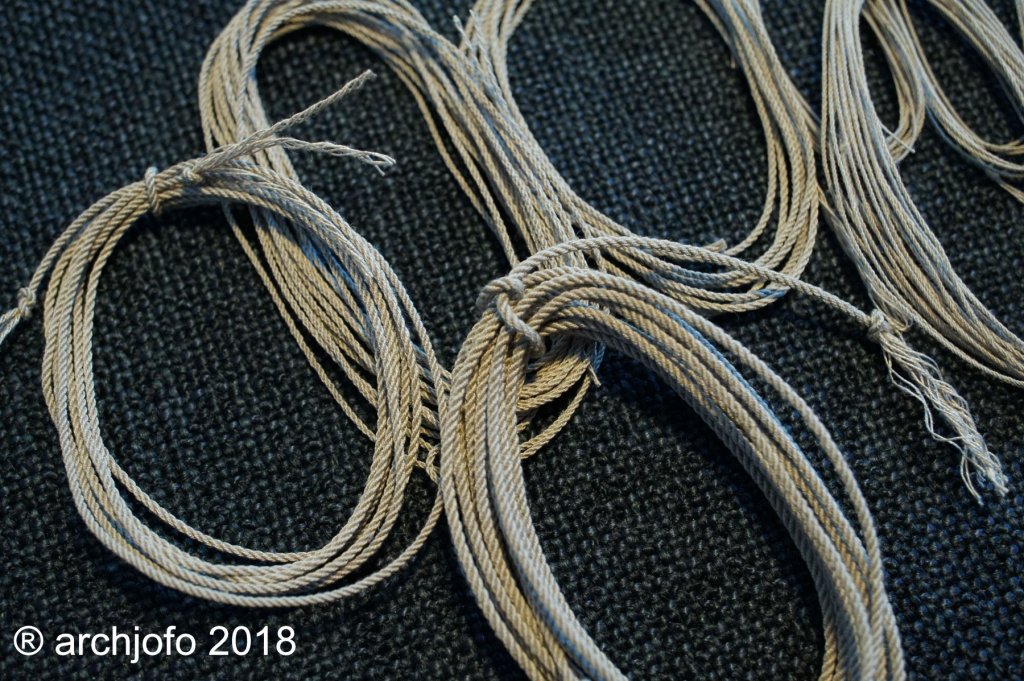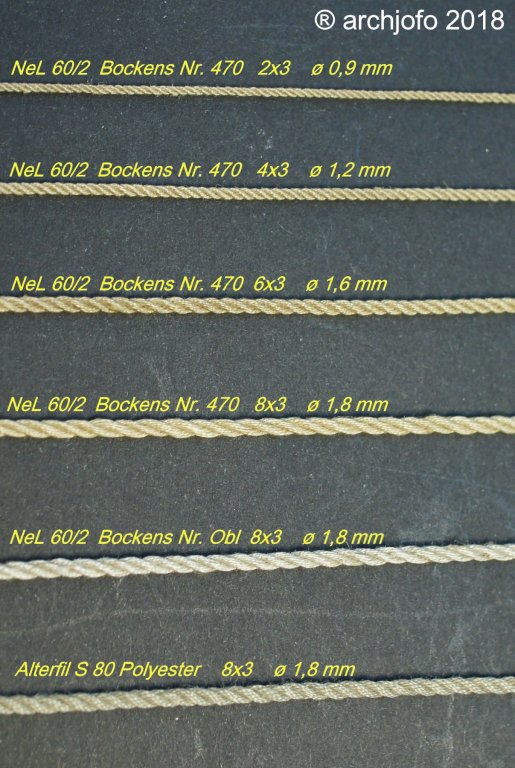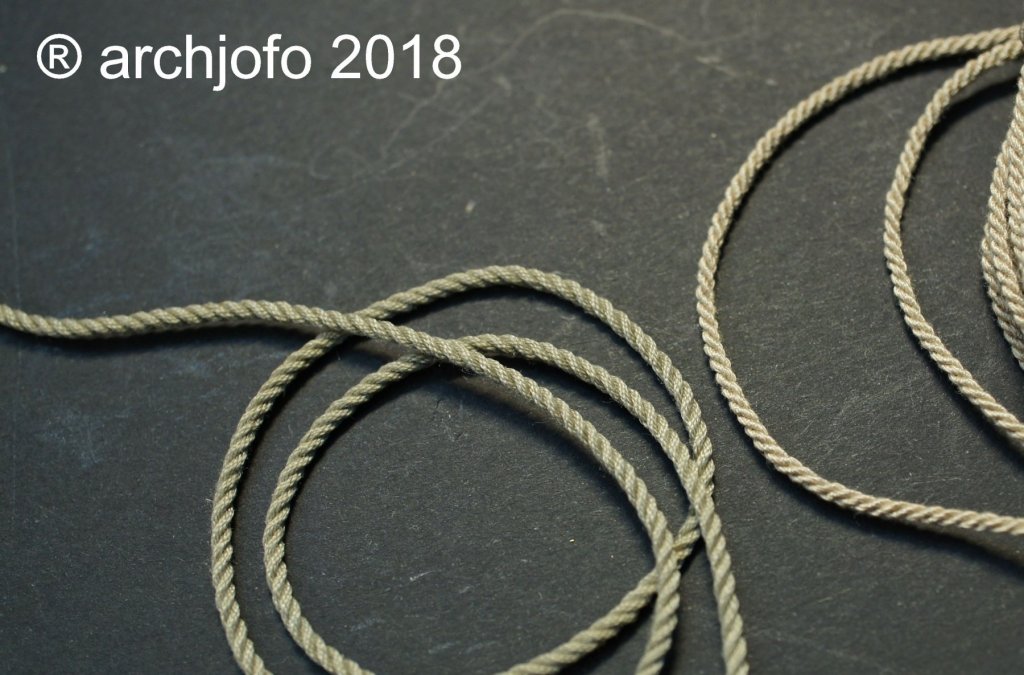-
Posts
1,495 -
Joined
-
Last visited
Content Type
Profiles
Forums
Gallery
Events
Everything posted by archjofo
-
Hello Doris, It is always a great pleasure to see your progress on the model. Likewise, I was pleased to see your fantastic models again. I know them very well from different forums. Your wonderful way to build models is unique in the world. I´m on the interior of the cabin very excited.
- 1,035 replies
-
- royal katherine
- ship of the line
-
(and 1 more)
Tagged with:
-
Hello Carl, EJ and Thomas, Thank you for your appreciation for my work and everyone else for the interest and the LIKES. Apart from the conservation and coloring of the ropes, I also deal with different yarn materials. In the meantime, I have made experiments with real silk for rope making as an alternative to cotton and linen. Silk has ideal properties for rope making. The first results are excellent. But as I have read many times, silk should not be very resistant to environmental influences. Therefore, various museums only have model ships with rigging made of linen, … at least I have read this somewhere. Does anyone have any experience with a rigging made of silk? Or, does anyone know anything about this topic? I would be very grateful for that.
-
Hello, thanks for the nice comments and also for the LIKES. At the moment I'm still practicing rope making. In the meantime, I have also made further attempts to dye the ropes. It is still not completely satisfactory in terms of color. In a French blog I read that wax should not find use. Wax simply picks up dust. There is still a lack of clarity regarding the conservation of the ropes. For suggestions and hints I am very grateful. Somewhere I have read that the angle between the lengthwise direction of the rope and the strands should be about 35 °. I will make the shrouds soon, so I hope.
-
Hi Alex, you have again built a fantastic model ship. That's admirable! Can I read a report about building this model somewhere?
- 227 replies
-
- cumberland
- 74 gun
-
(and 1 more)
Tagged with:
-
Hello druxey, Albert, Thomas and Michael, it's nice that you like the ropes. Thank you! Today I want to show you the first attempts to preserve the ropes. The ropes were dyed with stain powder (LINK) and after drying, impregnated with linseed oil or floor oil (darker ropes). The upper rope is only colored, not yet treated with oil and the lowest rope of unbleached linen yarn ist impregnated with varnish oil.
-
Hello, finally I have the confidence to make an anchor cable. Actually, the right handed rope should only consist of 3 strands. But for the first try it was so much easier. As a reference measure, I have set a metric ruler. On the next picture, the purchased cabel is attached to the anchor, next to it is the cabel made by me. On the next picture, the purchased cabel is attached to the anchor, next to it is the cabel made by me.
-
Hello Ed, I would also like to comment on these beautiful pictures very positively. Also the way you take the pictures is very professional. Fantastic report!
- 3,618 replies
-
- young america
- clipper
-
(and 1 more)
Tagged with:
-
Hello Doris, admirable performance!
- 1,035 replies
-
- royal katherine
- ship of the line
-
(and 1 more)
Tagged with:
-
Hello, in the meantime, I have tested other yarns in different strengths. Meanwhile, the Irish linen yarn has arrived; one roll NeL 100/2 and two rolls NeL 90/2. The difference to the Swedish linen yarn can be seen on the next picture. Unfortunately, I can not compare the same strengths. However, there is some difference between the two yarns. I still have to find out how these differences will affect the finished rope. In the meantime I have equipped the "looper" with an engine. As you can see on the next picture, I practiced a lot.
-
Hello Pete, thank you for your appreciation of my work. A few days ago I received the linen yarn from Bockens NeL 120/2 and Goldschild NeL 100/3 and immediately struck a rope with 2 threads per hook. For the linen yarn of Goldschild NeL 100/3, this resulted in a rope with ø 0.75 mm (on the right in the picture) and for the linen yarn of Bockens NeL 120/2 a rope with ø 0.55 mm (left in the picture). These yarns are a lot thinner, like those already presented. This makes it possible to make even the thinnest ropes I need in the upper rigging for the La Crèole. Of course, practice is still required. It gets better from rope to rope; the experience is steadily increasing and it's even fun. Surely it will be even better, but for now from my point of view as good. Here are some more Experiments (left to right): DMC Ecru No. 100 6 x 3 rope diameter 1.40 mm; cotton DMC Ecru No. 80 6 x 3 rope diameter 1.50 mm; cotton DMC Ecru No. 80 8 x 3 rope diameter 1.65 mm; cotton DMC Ecru No. 100 1 x 2 rope diameter 0.45 mm; cotton Alterfil No. 120 2 x 3 rope diameter 0.58 mm; polyester Bock's No. 470 NeL 120/2 8 x 3 rope diameter 1.25 mm; linen
-
Hello, after further tests, the following results are to be shown. The lower rope is made of polyester. All others are made of linen. Here is a short explanation: NeL 100 means 100 x 300 yards / 1 UK pound = 100 x 0.604772 g / m = 60.04772 g / m, that means 60 meters of this yarn weigh 1g. With each further attempt, the result is a little better. However, in the case of linen yarn, since it is a natural fiber, irregularities in the yarn are sometimes also unpleasant on the finished rope. I hope that this becomes less visible with the now ordered at the company Goldschild and even thinner linen yarn in the strengths NeL 120/2 or 100/3. Sequel follows …
-
Hello Karl, Ozark and aviaamator, thank you for your interest and nice comments. Also thank you for the LIKES. In the meantime, I have started a first attempt to make ropes. The left rope is my attempt, the right one is a purchased rope. For this experiment, I simply used polyester yarn. For each hook I pulled 6 threads, that is 3 x 6. As can be seen in the picture, the strands of my rope is not strong enough. In addition, I will make many attempts to collect even with linen yarn many experiences. The ropewalk has to be motorized at the "looper". With thinner strands, the twist may not be enough to form the rope.
-
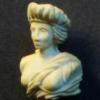
HMS ANSON 1781 by albert - 1/48 - 64 guns
archjofo replied to albert's topic in - Build logs for subjects built 1751 - 1800
Hello Albert, I am enthusiastic about your work!
About us
Modelshipworld - Advancing Ship Modeling through Research
SSL Secured
Your security is important for us so this Website is SSL-Secured
NRG Mailing Address
Nautical Research Guild
237 South Lincoln Street
Westmont IL, 60559-1917
Model Ship World ® and the MSW logo are Registered Trademarks, and belong to the Nautical Research Guild (United States Patent and Trademark Office: No. 6,929,264 & No. 6,929,274, registered Dec. 20, 2022)
Helpful Links
About the NRG
If you enjoy building ship models that are historically accurate as well as beautiful, then The Nautical Research Guild (NRG) is just right for you.
The Guild is a non-profit educational organization whose mission is to “Advance Ship Modeling Through Research”. We provide support to our members in their efforts to raise the quality of their model ships.
The Nautical Research Guild has published our world-renowned quarterly magazine, The Nautical Research Journal, since 1955. The pages of the Journal are full of articles by accomplished ship modelers who show you how they create those exquisite details on their models, and by maritime historians who show you the correct details to build. The Journal is available in both print and digital editions. Go to the NRG web site (www.thenrg.org) to download a complimentary digital copy of the Journal. The NRG also publishes plan sets, books and compilations of back issues of the Journal and the former Ships in Scale and Model Ship Builder magazines.



